How to make pavlova
What is it about pavlova and Christmas? If your festive menu isn’t complete without pavlova, but you’re not entirely confident making one, this guide is for you.
What is a pavlova?
For those who don’t know their Eton mess from their pavlova, let’s start with a brief explainer. Pavlova is a meringue-based dessert, topped with whipped cream and fresh fruit. Rumour has it that it was created in honour of Anna Pavlova, a Russian ballet dancer, who toured New Zealand and Australia in the 1920s. Depending on who you ask, pavlova comes from Australia or New Zealand – a consistent bone of contention between the two countries.
Beating the eggs
Pavlova, as we know, features a meringue base that’s made using beaten egg whites and sugar. The first step to making a perfect pavlova is to ensure you’ve beaten the egg whites properly before adding the sugar. Stiff peak might sound like a vague descriptor, but it really does mean what it says. To get to this point, using a handheld or stand mixer would be the most efficient. To make sure your finished meringue is firm and holds its shape, you need to beat the egg white until they’re firm and dry before you even think about adding the sugar. If you add the sugar before the egg whites are stiff, the meringue won’t hold properly and you’ll end up with a flat, sad pavlova. Take your time with this, beating slowly and checking the whites are really stiff by swirling the bowl around and even holding it upside down. If they’re beaten properly, they won’t budge. At this point, you can start adding the sugar in stages.
Adding the sugar
You might end up with a slightly different result depending on the type of sugar you use. Brown sugar tends to add a delicate nutty note, and some people believe it makes a softer, chewier texture than white sugar, but the difference is quite minimal. If you’re using white sugar, caster sugar is best because the smaller granules dissolve easily, which is the most important part about adding the sugar, regardless of its colour. As you took your time beating the egg whites, do the same here. Beat in the sugar, a tablespoon at a time, making sure it’s completely dissolved before adding the next batch. If the sugar isn’t dissolved properly, the meringue may weep and crack once it’s baked. You can also beat in a teaspoon or two of vinegar (either white wine or spirit – don’t use balsamic or red wine) once the sugar has been added to help stabilise the egg whites while cooking. Not too much though, you don’t want to taste it!
 Get the recipe for pavlova with whisky-candied nuts here.
Get the recipe for pavlova with whisky-candied nuts here.
The cooking process
To help set the meringue’s shape, most recipes will call for the oven to be preheated at around 150ºC and then reduced to 120ºC once the pavlova is in. The long, slow cooking time means that the sugar won’t caramelise before the meringue has had a chance to cook through entirely. You’ll know it’s done when the meringue is dry and crisp to the touch, but a nice trick to ensure it’s baked properly is to turn off the oven and leave the pavlova inside to cool. This might add to the overall preparation time, but you can bake the meringue the day before and leave it in the oven overnight. Once it’s cool, all that’s left to do is to top it with whipped cream and fresh berries and dust generously with icing sugar.
 Get the recipe for gooey brown sugar pavlolva here.
Get the recipe for gooey brown sugar pavlolva here.
Common meringue problems and how to fix them
Why is my meringue cracked?
If you beat your egg whites at too high a speed, this can cause large air bubbles that can lead to an uneven, cracked pavlova. Make sure you beat at a medium or medium-high speed. Cracks can also be caused by baking the meringue at too high a temperature, so make sure it’s on the right setting.
Why won’t my eggs whip up properly?
Chances are your eggs aren’t fresh or there’s a bit of egg yolk left in the whites. Make sure you’ve separated your eggs properly because any bit of yolk can prevent aeration. Additionally, make sure your bowl and whisk are clean and dry and completely grease-free.
Wondering what to do with leftover egg yolks? We’ve got you covered.
Why is my meringue soft and sticky?
If it’s still in the oven, it’s underbaked, so leave it in the oven until crisp. If it went soft once it came out of the oven, this could be caused by humidity. Protect meringues from humidity by storing them in an airtight container overnight. If it still goes soft, pop it back into the oven at 120ºC until it’s dried out.
Why won’t my meringue stiffen?
You likely added the sugar before the eggs were at stiff peak stage. Unfortunately, the meringue will never firm up. Always make sure you beat the egg whites until they’re stiff before adding the sugar.
Find our simple pavlova step-by-step below and our pavlova recipe collection here.
Method
Preheat the oven to 150°C. Beat 12 egg whites until stiff using a stand mixer. Weigh out 600 g caster sugar.
Add 1 T caster sugar at a time to the eggs, beating for 30 seconds after every addition. After all the sugar has been added, add 1 t white vinegar and beat for 5 minutes until stiff and glossy.
Place a sheet of baking paper onto a baking tray and spoon the meringue onto it in rough 15 cm circles. Place in the oven and reduce the temperature to 120°C. Bake for 3 hours, then turn off the oven and leave the pavlova in the oven to cool completely.
When you're ready to serve, top with whipped cream, berries and dust with icing sugar.

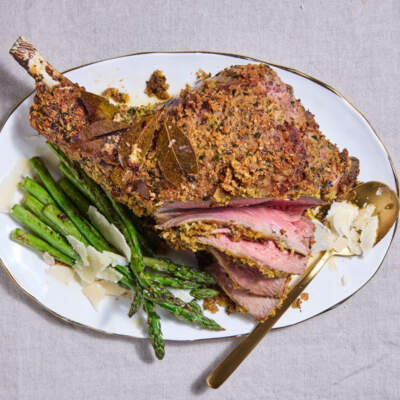
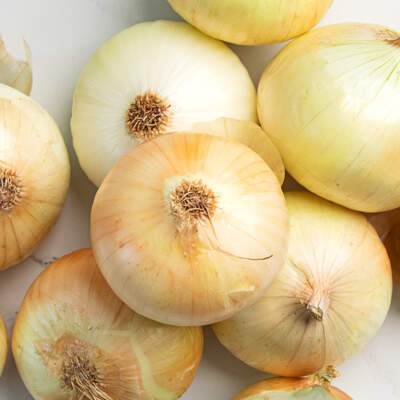

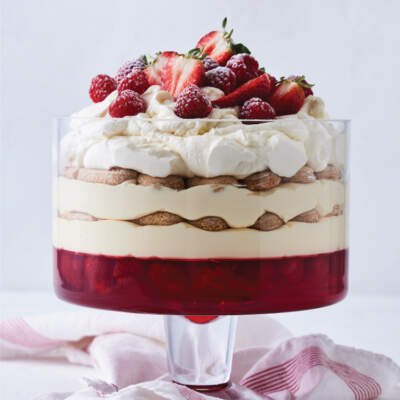
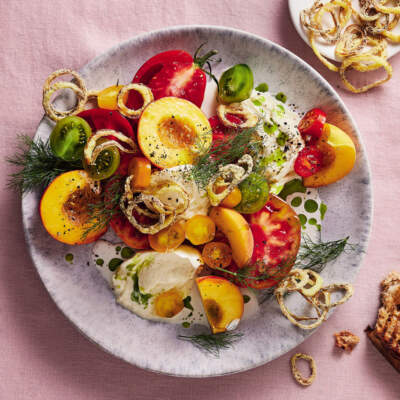
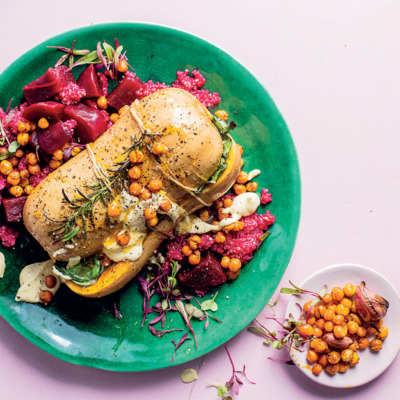

Comments